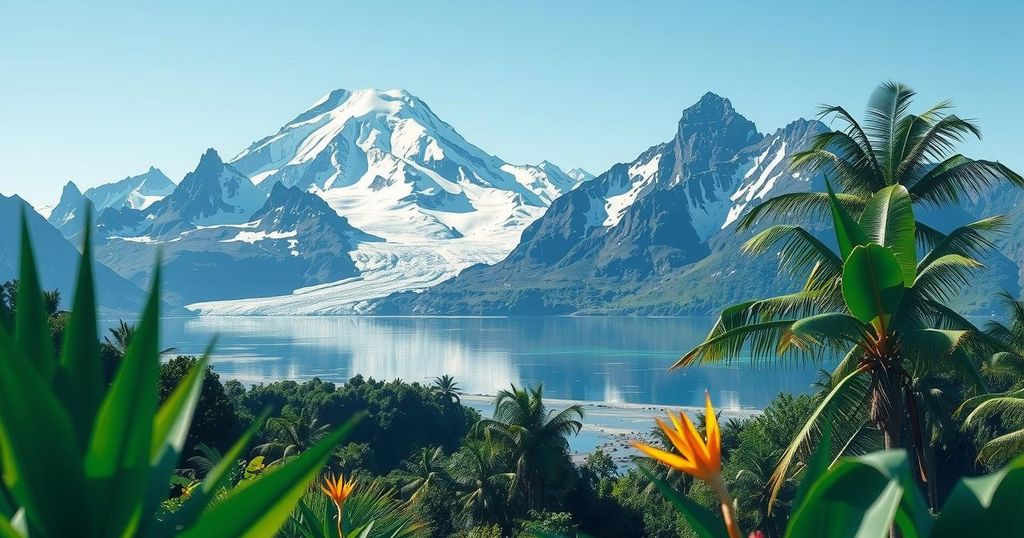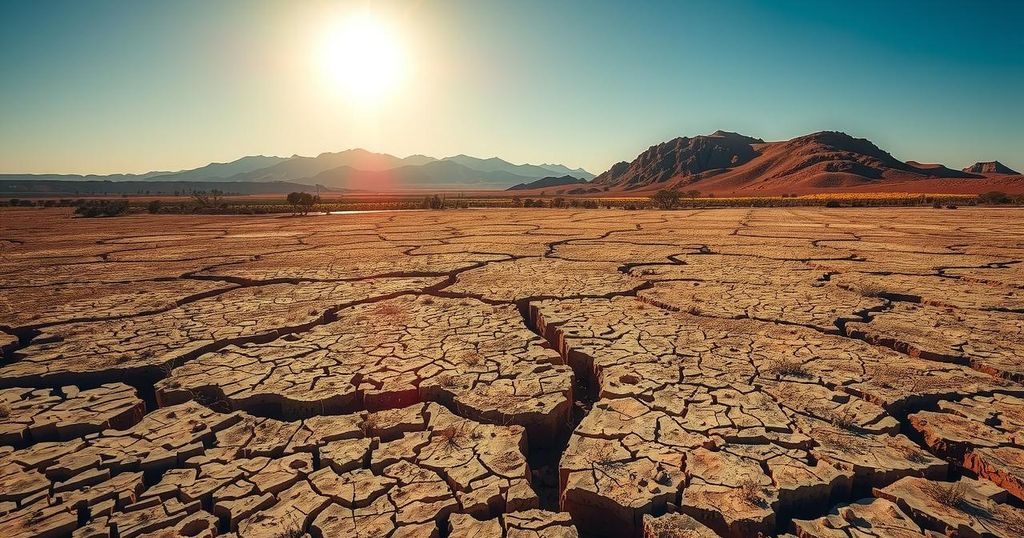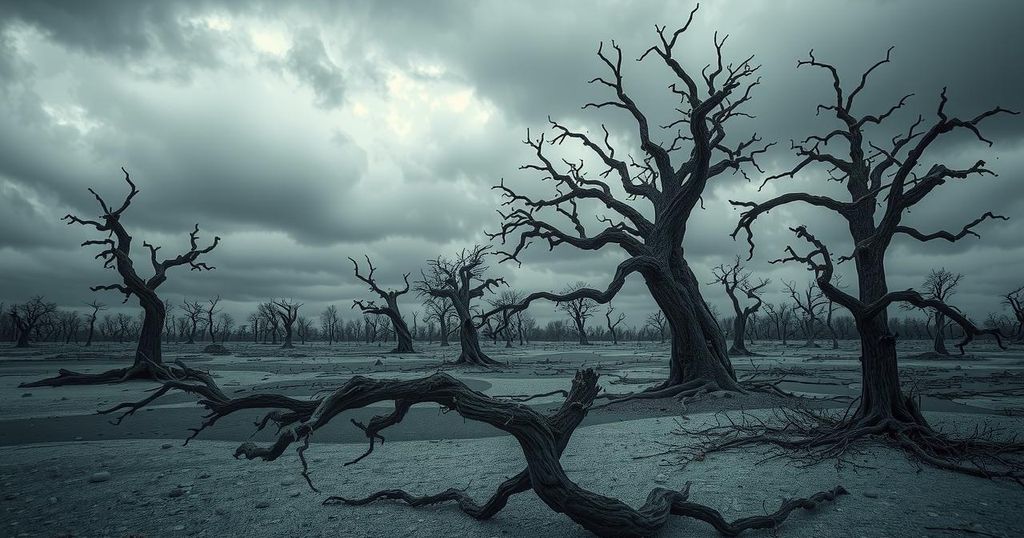Melting Glaciers of Mount Kenya: A Consequence of Climate Change
Mount Kenya’s glaciers, particularly the Lewis Glacier, are rapidly melting due to climate change. Guide Charles Kibaki Muchiri illustrates these changes, noting the transition from snow-covered peaks to bare rock over his 25 years of experience. This highlights the severe environmental impacts occurring on Africa’s second-highest mountain.
Charles Kibaki Muchiri, a seasoned guide with nearly 25 years of experience, demonstrated the rapid melting of the Lewis Glacier on Mount Kenya. He pointed out the water trickling across its surface, highlighting the significant impact of climate change on this natural wonder. Mount Kenya, Africa’s second-highest mountain, stands at nearly 5,000 meters (16,400 feet) above sea level and is undergoing a dramatic transformation from its former snowy landscape to one dominated by exposed rock.
The phenomenon of melting glaciers on Mount Kenya exemplifies the urgent consequences of climate change. Observations from experienced guides such as Charles Kibaki Muchiri reveal the troubling shift from glacial ice to barren rock, emphasizing the environment’s fragility. The landscapes of iconic locations like Mount Kenya are transforming at an alarming rate, necessitating immediate attention and action.
Original Source: www.dailygazette.com




Post Comment